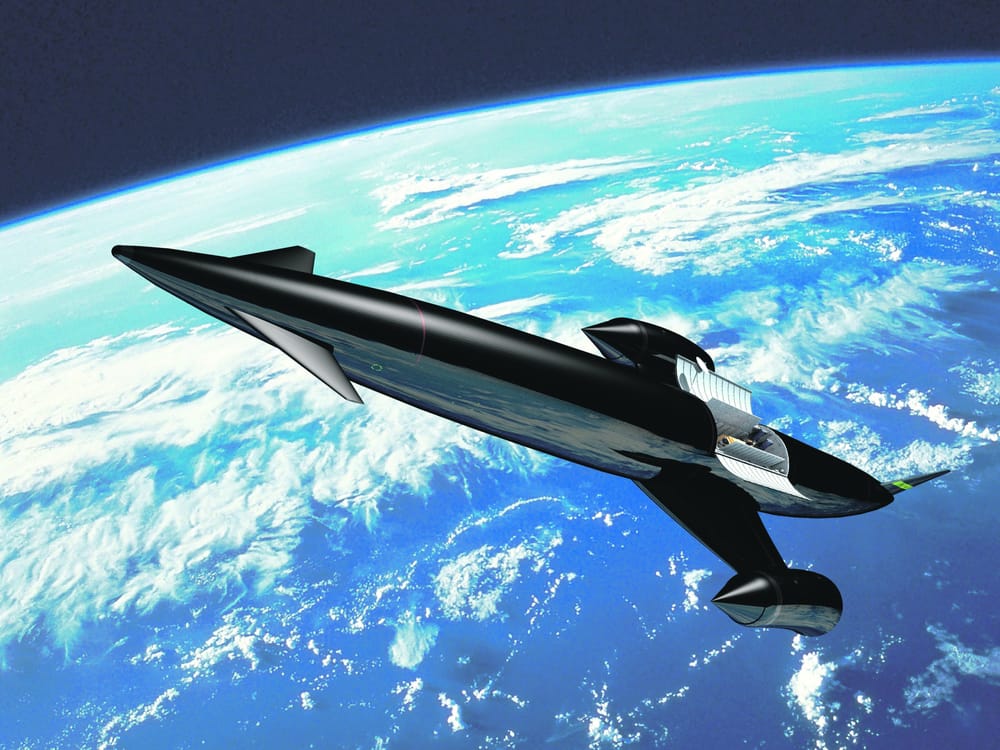Breathing life into spaceplane technology
British firm may be able to turn spaceplane dream into reality

The dream of spaceplanes has often been dismissed as fantasy, born out of bad 1950s science fiction films. According to most industry analysts, the rightful place of the spaceplane – along with food pills, floating cities and personal jetpacks – is consigned to the dustbin of history.
However, one small company in Britain doesn’t seem to have got this message. Oxford’s Reaction Engines Ltd believe that they now have the technology to turn this dream into reality.
The reason that so many experts have long been sceptical of spaceplanes is simple: the amount of fuel required to propel them into orbit makes them extremely heavy. When the Space Shuttle launches, it is connected to a huge orange tank, which holds the liquid oxygen fuel required for the Shuttle to escape the Earth’s atmosphere. Carrying this enormous amount of fuel is not a problem for the Shuttle, as it takes off vertically – like a traditional rocket. But with a true spaceplane, there is simply no way to carry this much liquid oxygen without making the vehicle far too heavy to ever get off the ground.
Yet now, Reaction Engines Ltd believe that they have come up with an ingenious solution to this problem: breathable rocket engines.
Rather than carrying large amounts of liquid oxygen fuel, Reaction Engines Ltd’s Skylon spaceplane will have an engine which is capable of using oxygen from the air as its fuel source, thus avoiding the necessity of carrying large volumes of liquid oxygen fuel. Upon reaching an altitude where the air becomes too thin to continue using oxygen this way, Skylon will simply switch its power source to a small, secondary rocket booster of conventional design. Recent tests of these engines have been successful and the first orbital test flights of Skylon are planned for 2018.
Skylon is controlled by remote and will have the capability to put both astronauts and satellites into orbit. According to Mark Hempsell, Future Programmes Director at Reaction Engines Ltd: “Skylon will be able to carry 15 tonnes to a 300km equatorial orbit, which is pretty comparable with the Space Shuttle.”
Yet, Mr Hempsell is keen to stress that the comparisons with NASA’s Space Shuttle end here. The Shuttle has become notorious for its long and difficult turn-around times, whereas Mr Hempsell claims that Skylon will be ready to go back into orbit just two days after landing: “Our turn-around will mostly be taken up by hull inspection, in order to make sure that we haven’t received any micrometeorite impacts that we weren’t aware of. Everything else you don’t touch. That’s how the two day turn-around time is achieved.”
However, not all share Mr Hempsell’s optimism. Christopher Carr, a Senior Researcher at Imperial College’s Space and Atmospheric Physics Group, believes that getting the necessary government support for this project may prove trickier than anticipated. He says: “Skylon would be fantastic, but we don’t do these big kinds of technical development in Britain anymore. It would be a bit like us doing Concorde again. It would be great, but is our government really committed to supporting this level of programme? Or, is it going to be yet another case of a great British idea that eventually gets built by some other country?”
Perhaps Mr Carr is right; maybe the right political and economic climate just isn’t there at the moment. However, all of the early signs seem to show that Reaction Engines Ltd really do have the technology in place to support their claims.
Perhaps this is exactly the sort of innovative project our Government should be investing in, if it is to boost our economy and, at the same time, restore Britain’s position as a world leader in aerospace technology.








